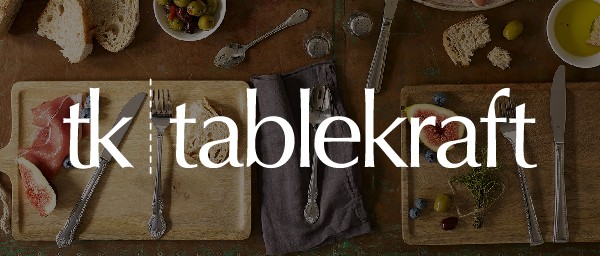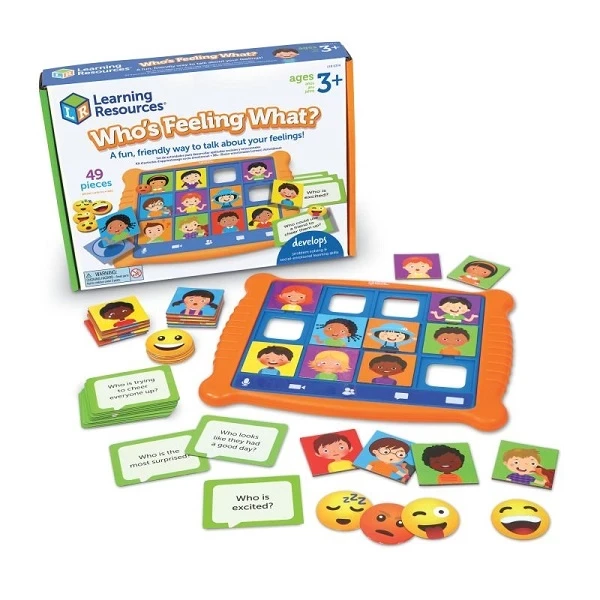
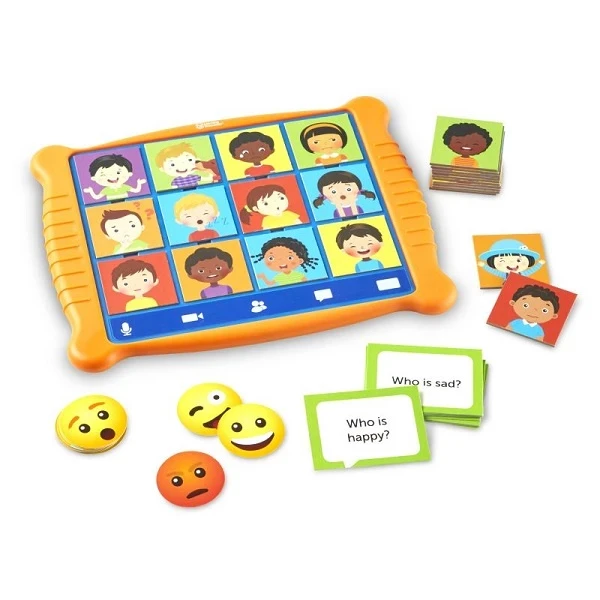
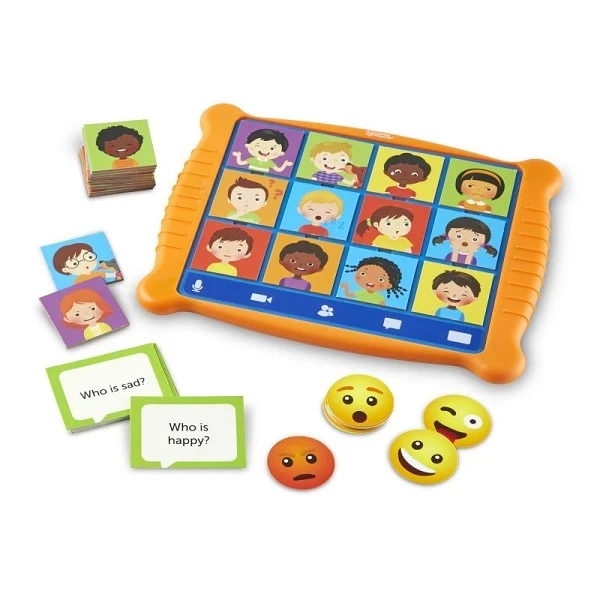
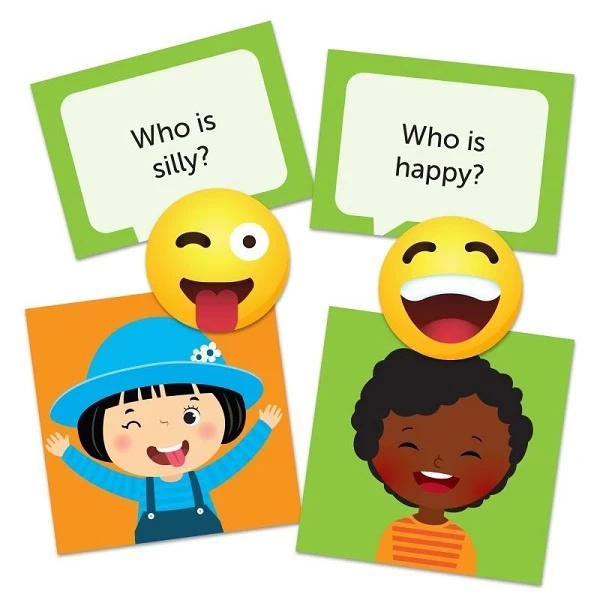
Learning Resources Who's Feeling What Game
Approx $47.98 USD
Learning Resources Who’s Feeling What | Educational Toy for Emotional Awareness in Children
Teach Your Child About Emotions with the Who’s Feeling What Game
The Learning Resources Who’s Feeling What is a dynamic and educational game designed to help children understand and express their emotions in a fun and interactive way. Ideal for kids aged 3 and up, this engaging game encourages emotional literacy and empathy, making it a perfect tool for developing social and emotional skills. Whether at home, in the classroom, or during therapy sessions, the Who's Feeling What game promotes emotional awareness and understanding, fostering healthier relationships and emotional intelligence in young children.
What is the Who’s Feeling What Game?
The Learning Resources Who’s Feeling What is a card-based game that introduces children to a wide range of emotions through vibrant and relatable characters. Each card features a different expression, depicting various emotions such as happiness, sadness, anger, fear, excitement, and more. Children are encouraged to match the facial expressions with the correct feelings and use the cards to engage in storytelling, role-playing, and even self-reflection.
The Who’s Feeling What game isn’t just about identifying emotions—it’s also about learning how to manage them. Through guided activities and playful interactions, kids will learn how to recognize emotional cues, understand how emotions can affect behavior, and build their vocabulary around feelings. It’s an excellent resource for parents, teachers, and caregivers to discuss feelings and emotional regulation in a non-threatening, fun, and approachable manner.
Key Features:
-
Interactive Learning: The Who’s Feeling What game features colorful, easy-to-understand cards
that children can relate to, helping them develop emotional intelligence and a better understanding of their own feelings.
-
Skill Development: Playing this game enhances children’s emotional recognition, empathy, and social skills. As kids
identify different emotions, they learn to express themselves in a healthy, constructive way.
-
Social and Emotional Growth: Designed to be used individually or in group settings, the game encourages communication,
sharing, and collaboration while helping children to manage their emotions.
-
Easy to Use: With simple instructions and clear visual representations, children can easily follow along with the game,
making it a great tool for both learning and entertainment.
-
Perfect for Various Settings: Whether at home, in the classroom, or during therapy sessions, Who’s Feeling
What is
adaptable to different environments and is a great resource for supporting children in their emotional development.
Benefits of Learning Resources Who’s Feeling What:
-
Emotional Awareness: By using the game’s cards and playing different activities, children will gain a better understanding
of how emotions are expressed through facial expressions, body language, and tone of voice.
-
Vocabulary Building: The game introduces kids to a variety of emotions and helps them build an emotional vocabulary, so
they can articulate how they’re feeling more clearly.
-
Empathy Development: Through role-playing and discussions, kids develop empathy by learning how other people may feel and
how their emotions impact others.
-
Self-Reflection: The game encourages children to reflect on their own feelings, which can promote self-awareness and
emotional regulation.
-
Improves Social Skills: As children identify emotions in themselves and others, they also learn appropriate ways to respond
to those emotions, helping to build strong social relationships with peers and adults.
Perfect for Parents, Teachers, and Therapists
The Learning Resources Who’s Feeling What game is an ideal educational tool for a variety of settings. It’s perfect for:
- Parents looking to introduce emotional learning into daily life
- Teachers who want to incorporate social-emotional learning (SEL) into their classroom routines
- Therapists working with children to develop coping strategies and improve emotional expression
- Caregivers who want to support children’s emotional and social development
How to Play:
The game is easy to learn and can be played in several different ways, depending on the age and needs of the child. Some common ways to play include:
- Matching Game: Children match the cards showing different emotions to the correct feeling word.
- Role Play: Using the cards, children can act out different scenarios based on the emotions they see on the cards.
- Storytelling: Children use the cards to create stories, helping to develop both their emotional and narrative skills.
Why Choose Who’s Feeling What?
The Learning Resources Who’s Feeling What game is a standout choice for any child’s emotional development toolkit. It’s not just a game, but a valuable tool that builds a foundation of emotional awareness, empathy, and social skills that children will carry with them into adulthood. In a world where emotional intelligence is essential for personal success and well-being, this game sets kids on the path to understanding their feelings, as well as the feelings of those around them.
The Who’s Feeling What game makes learning about emotions fun, interactive, and meaningful. Whether you’re at home, in the classroom, or working with a child in therapy, this game is the perfect way to support emotional development and foster positive emotional health.
Product Description
Spot the Face, Spot the Emotion: Inspired by distance learning, this social-emotion learning game and activity set helps kids strengthen their SEL skills as they match the callers with their feelings! Never the Same Activity Twice: With 12 double-sided caller cards and 12 double-sided emotion prompt cards, this communication game for kids lets you design a new game board every time you play! A Fun Way to Talk About Feelings: Ready for use at home or in the classroom, Who’s Feeling What? comes with an SEL activity guide with ideas on how to use this emotion toy to get kids talking and learning! When kids kearn how to recognize, understand, and feel their feelings, they build the skills they need to make friends, master teamwork, and live a happier, healthier life!. Help kids build new social-emotional learning (SEL) skills with this fun identification game inspired by distance learning! Fill the video puzzle board with some of the 24 caller cards, then use conversation prompts and emoji tokens to identify and name different emotions! Also great for matching and problem solving skills! Skill Sets SEL Matching Problem Solving
The product may be provided by a different brand of comparable quality.
The actual product may vary slightly from the image shown.

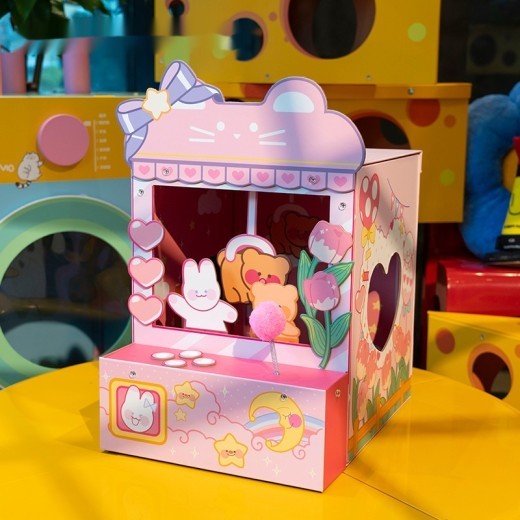
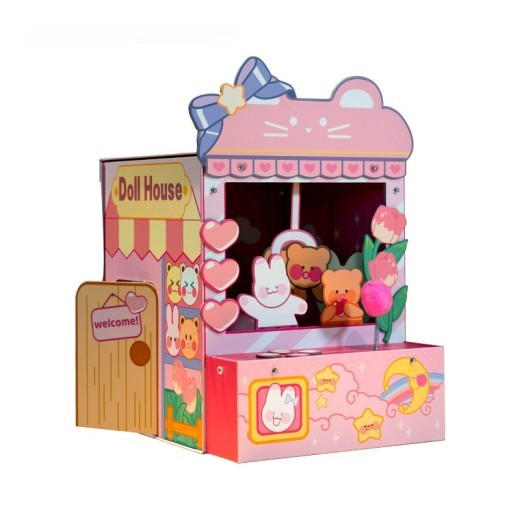

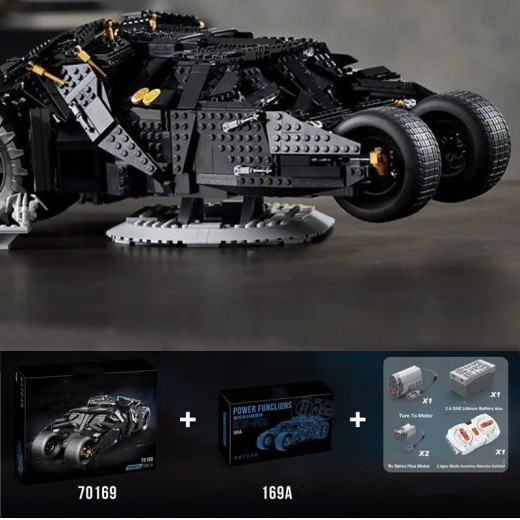
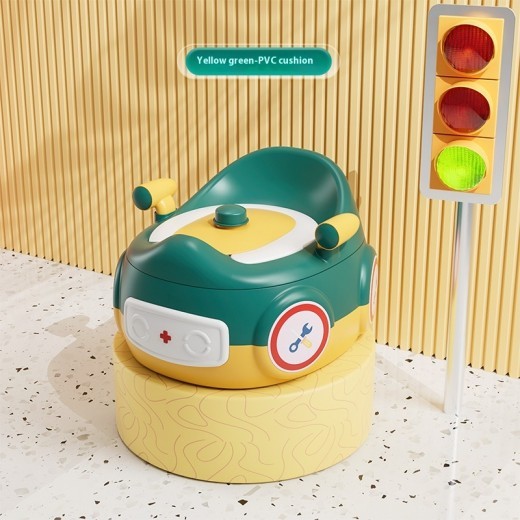
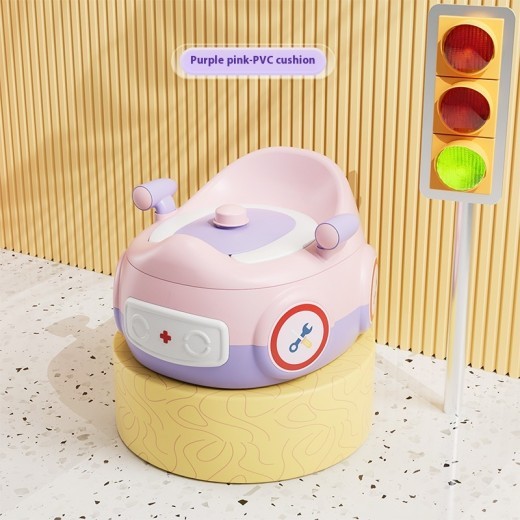
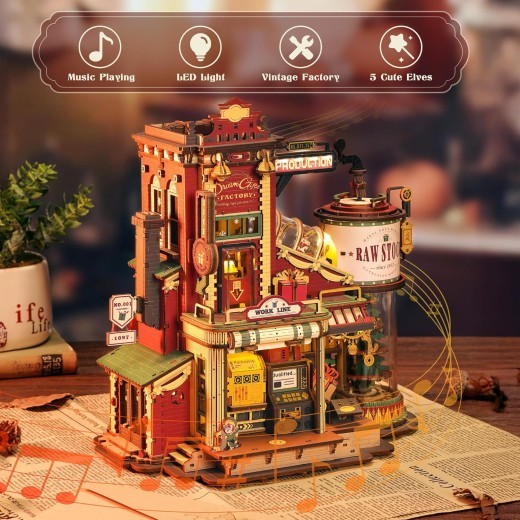
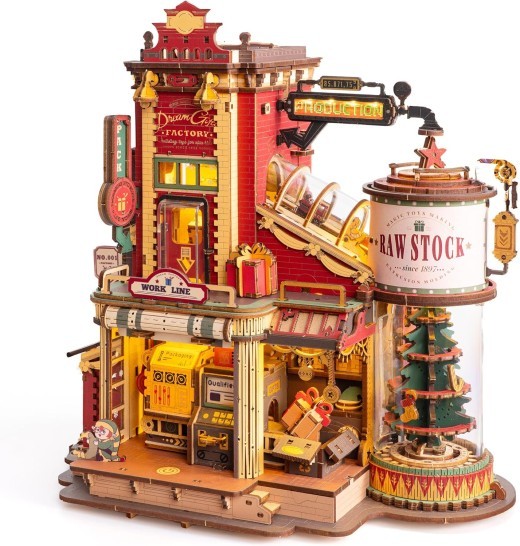



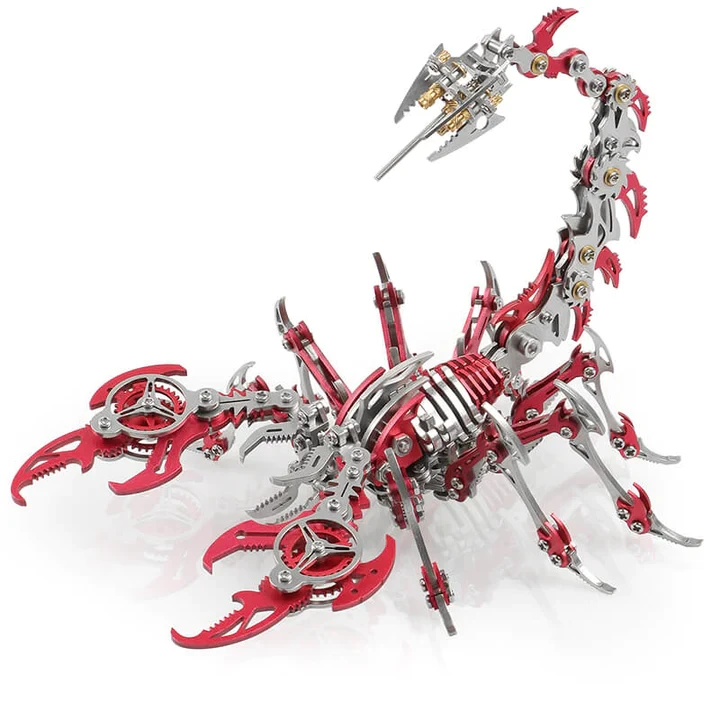

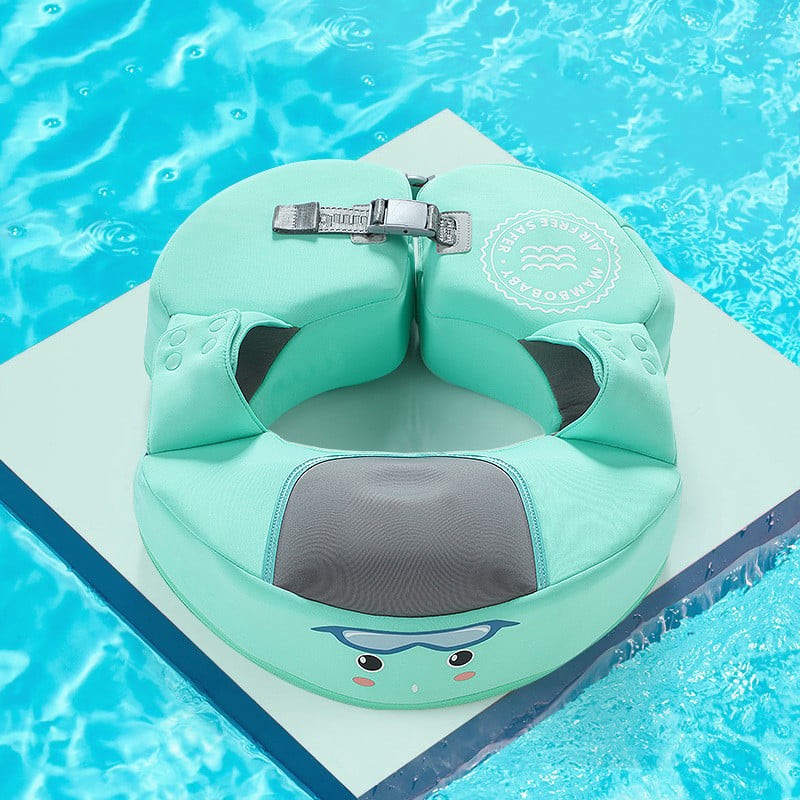




.jpg)









.jpg)





.jpeg)





.jpeg)



.jpeg)








.jpeg)



.jpeg)

.jpeg)

.jpeg)

.jpeg)




.jpeg)
.jpg)

.jpeg)






.jpeg)
.jpeg)




.jpeg)





.jpeg)


.jpeg)

.jpeg)

.jpeg)

.jpeg)







.jpeg)
.jpeg)
.jpeg)





.jpeg)



.jpeg)






.jpg)
.jpeg)









.jpg)


ulva-Logo.jpg)




.jpeg)



.png)












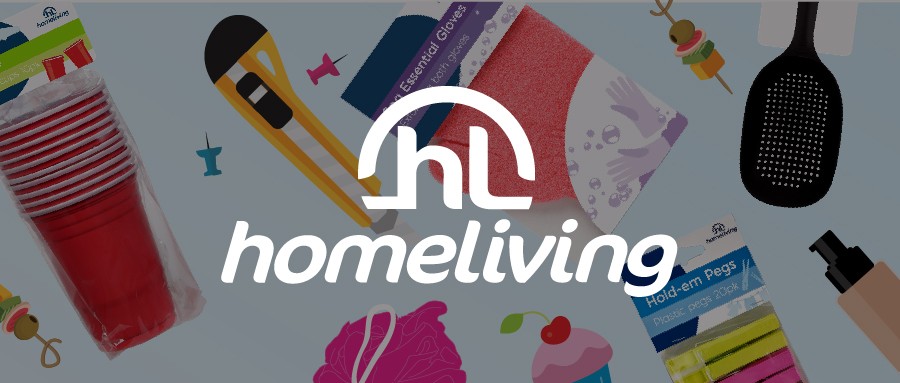


.png)















